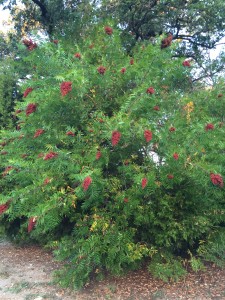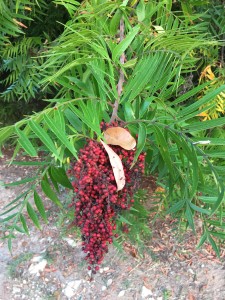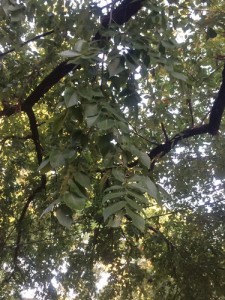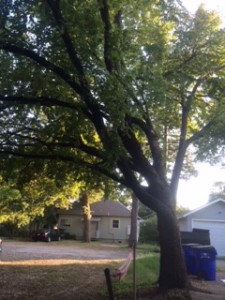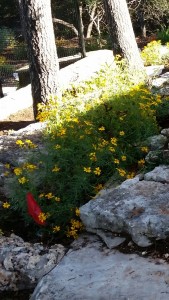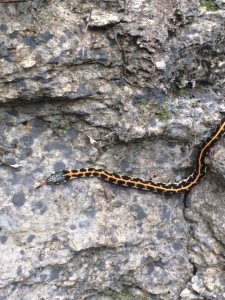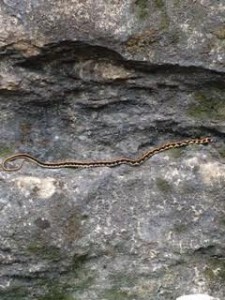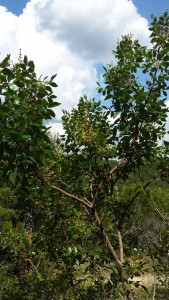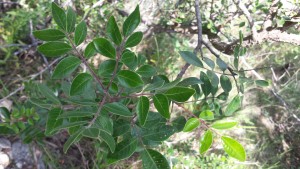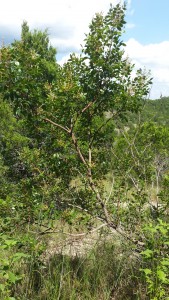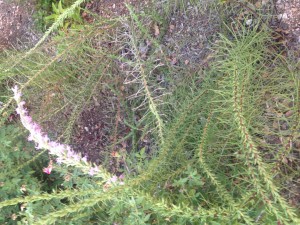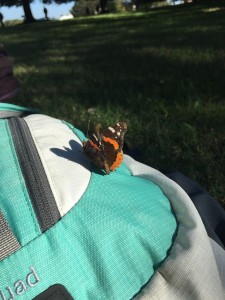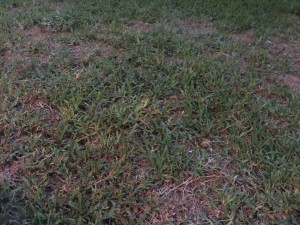This week’s theme is a continuation of last week’s post about the differences between succulents and cacti, but this week’s plant of choice is a cacti. What makes a cacti different from a succulent? As you might recall from my last post all cacti are succulents but not all succulents are cacti. One difference between the two is how the thorns are attached. Cactus thorns stick out from the pad as you can see in the picture below, while succulent thorns are an extension of the body of the plant (Wisconsin Cactus and Succulent Society). Another difference is their temperature tolerance. Most succulents can only tolerate temperatures as low as 50°F but cacti can tolerate temperatures as low as 40°F and can be found as far north as Canada (Wisconsin Cactus and Succulent Society).

iNaturalist Observation
http://www.inaturalist.org/observations/4147579
Reference
